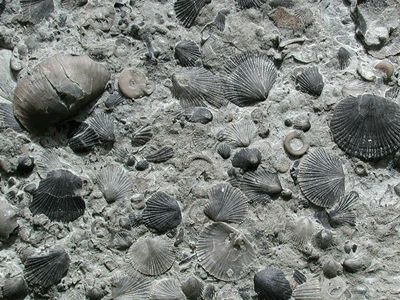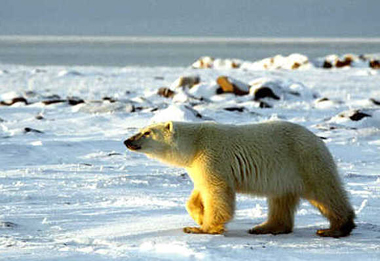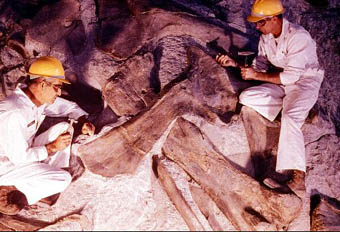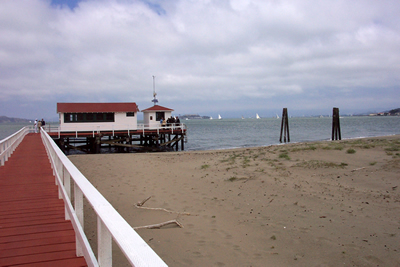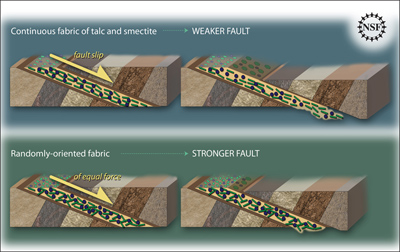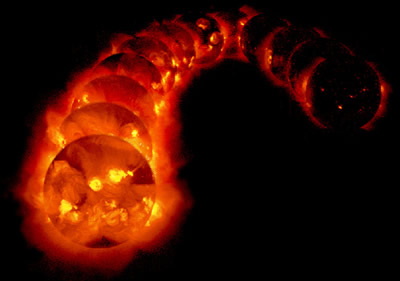Click on image for full size
Courtesy of Steven Holland, University of Georgia
How Many Species Have There Been on the Earth?
News story originally written on July 3, 2008
Scientists are interesting in knowing how many species can fit on the Earth.
The number of species is called diversity. If there are a lot of species, then diversity is high. If there are few species, then diversity is low. Scientists are looking at the fossil record of marine creatures – the ancestors of snails, clams, sand dollars and lobsters – to see how their diversity has changed over time.
According to the Intergovernmental Panel on Climate Change, global warming may cause many species to become extinct. That could cause diversity to fall quickly. Figuring out how diversity changed during past climate changes can help us predict how global warming today will affect species.
Scientists used to think that life just keeps getting more diverse, at least since 248 million years ago. Yet this new research indicates that this may not be true. The team of scientists looked at how diversity of life has changed over time. Their calculations took into account 3.5 million fossils.
The study found that diversity increased somewhat at the end of the reign of dinosaurs and then it has remained more or less the same after that. In the past 65 million years, the changes in diversity have been small. That's a long time for not much change.
Even though there has not been a lot of change, the scientists found that the numbers of species of marine creatures in the sea grew and shrunk unpredictably. This could be because of evolution, changes in geography, climate change, or sea level.


